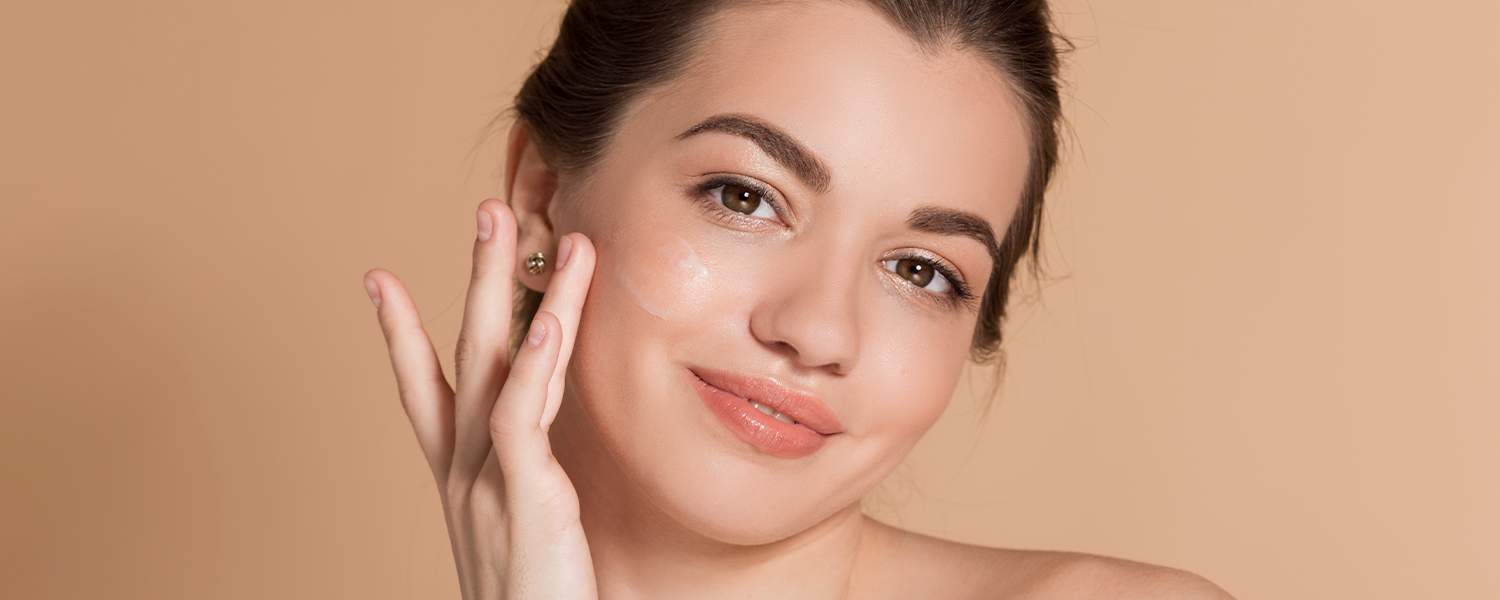
It may be unsettling to consider that acid is present in your skin products. They actually represent a paradigm shift in the fight for flawless, and evenly-toned skin. Acne, wrinkles, age spots, scars, and uneven skin tone can all be fought with these miraculous tools. With so many acids available, it might be difficult to remember which ones to use, for what purposes, and which goods to purchase. Before everything else, you need to know where to begin.
These acids can be beta hydroxy acids (like salicylic) or alpha hydroxy acids (like glycolic or lactic), or they might work as skin brighteners (like ellagic) to remove dark spots caused by excessive sun exposure.
You can locate the ideal combination of anti-agers to create a face care routine that gives you the benefits you want by understanding exactly what acids are in your goods and how they function. You should be able to comprehend the most typical types of acids and how they work after reading this article.
Salicylic Acid for Acne
There has been salicylic acid for a very long time. It is well renowned for its capability to keep pores clear and exfoliate the skin, which helps to lessen acne. It can be found in spot treatments for breakouts as well as serums and cleansers with a 0.5 to 2 per cent concentration. Salicylic acid is also applied as a peeling agent in higher concentrations to treat age spots, melisma and sun damage. Despite being safe to use on dark skin that is prone to pigmentation, it is so effective that it is used in wart and corn removal products.
Glycolic Acid for Youthful Glow
Glycolic acid is the most often utilised alpha-hydroxy acid (AHA) for the best skincare routine products. Because it is the smallest AHA and is derived from sugar cane, it penetrates the skin the best. It is a terrific anti-ageing product that does everything. It works wonders to exfoliate the face, diminish fine wrinkles, prevent acne, lighten dark spots, thicken the skin, and even out skin tone and texture. Thus, it should come as no surprise that it may be found in many cult skin care products.
Hyaluronic Acid for Moisturised Skin
Try hyaluronic acid if you're concerned about dry skin. It is a naturally occurring carbohydrate and humectant that lubricates and cushions skin in the human body. Hyaluronic acid is present in large concentrations in newborns, but as we grow older, our bodies produce less of it. It is used as an injectable filler in Juvederm and Restylane as well as moisturisers.
Niacinamide for Dark Spots
One of the two forms of vitamin B3 is niacinamide; the other is nicotinic acid. Niacin is another name for vitamin B3. Niacinamide promotes the production of collagen and keratin, which helps to maintain healthy skin cells by making the skin more elastic. As a humectant and antioxidant, niacinamide helps treat hyperpigmentation, redness, eczema, acne, and many other skin issues. It also gradually reduces pore size. Niacinamide has been demonstrated to have anti-inflammatory benefits on the skin when applied topically.
O3+ Range of Face Acids
1. 2% Salicylic Acid Serum for Acne, Blackheads, Pore Tightening & Oil Control: Daily use of a mild exfoliator containing salicylic acid helps to eliminate blackheads and balance oil production for a beautiful matte finish.

2. 10% Niacinamide Serum for Acne Marks, Blemishes, Oil Balancing & Dark Spots with Zinc: A nutritious daily serum that efficiently reduces blemishes, acne marks, oil, and brown spots is packed with pure Vitamin B3 and antibacterial zinc. It reduces the size of open pores while enhancing the skin barrier.
3. 2% Hyaluronic Acid Serum for Intense Hydration, Finelines & Glow with B5: A unique blend of Vitamin B5 is used in this hydrating booster to lock in moisture deep into the skin, giving it an instantly plump and baby-soft appearance. This serum guarantees skin that glows brilliantly.
What to Consider When Applying Acids to Your Skin?
Studies indicate that topical application of certain acids can increase skin's sensitivity to the sun, so be sure to put on broad-spectrum sunscreen every morning to shield your face. For better results, separate the acids you use for daytime and evening use. Use salicylic acid in the morning and a different acid in the evening, for instance. If you apply them separately, you'll still reap the rewards of both. You can ask your dermatologist for assistance in deciding which ones are ideal for your skin type and issue.
Now that you have all the information you need regarding acids, choose from the O3+ Derma cult products range as per your skin type. Face acids can be a healthy addition to your skincare routine.








